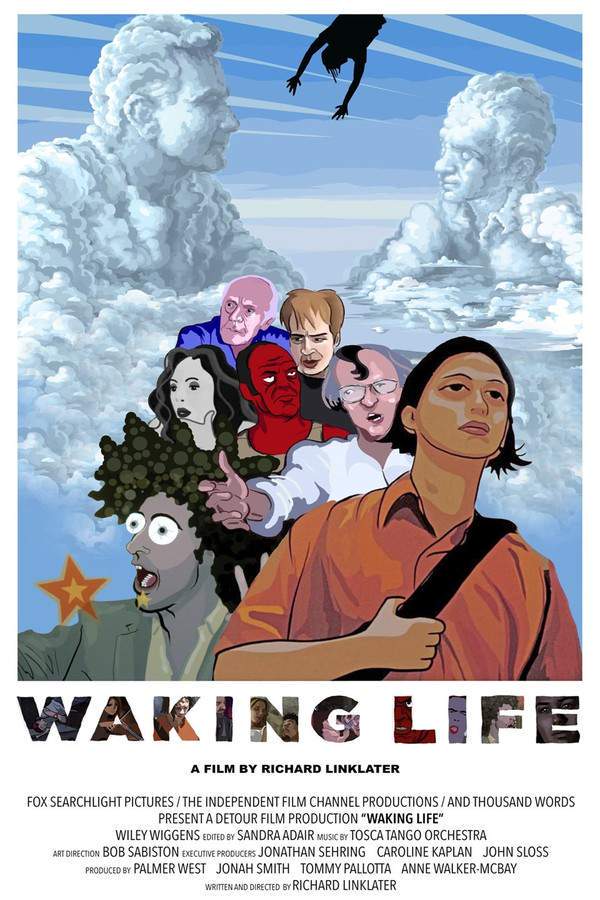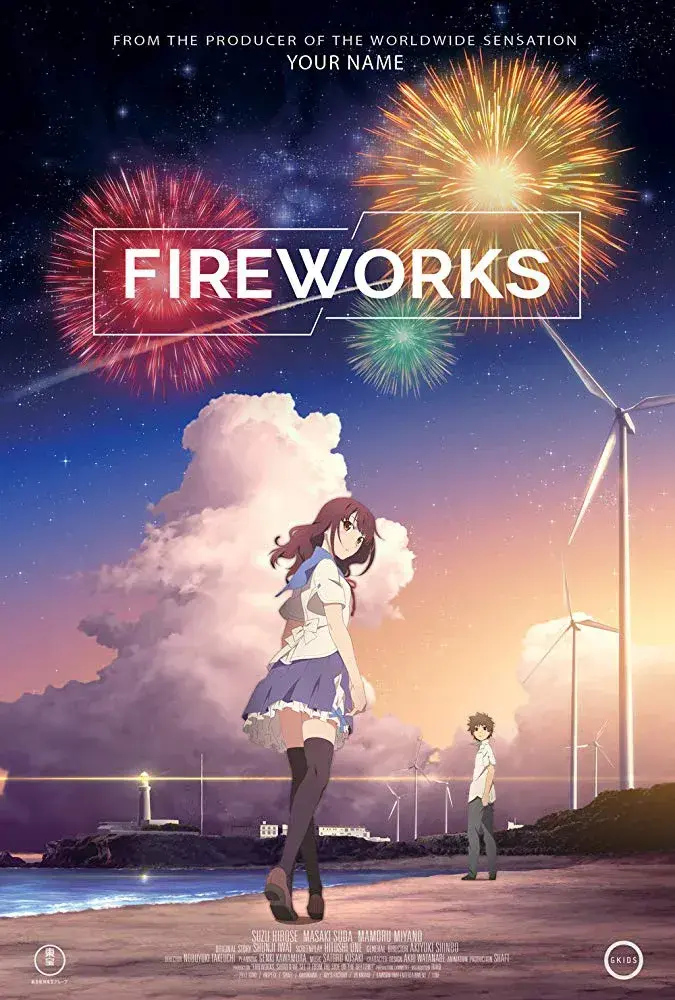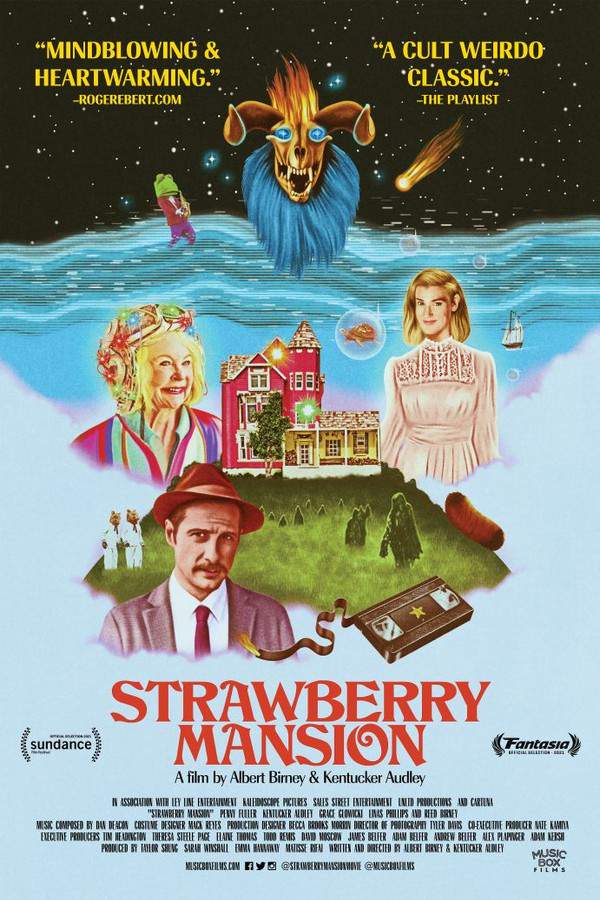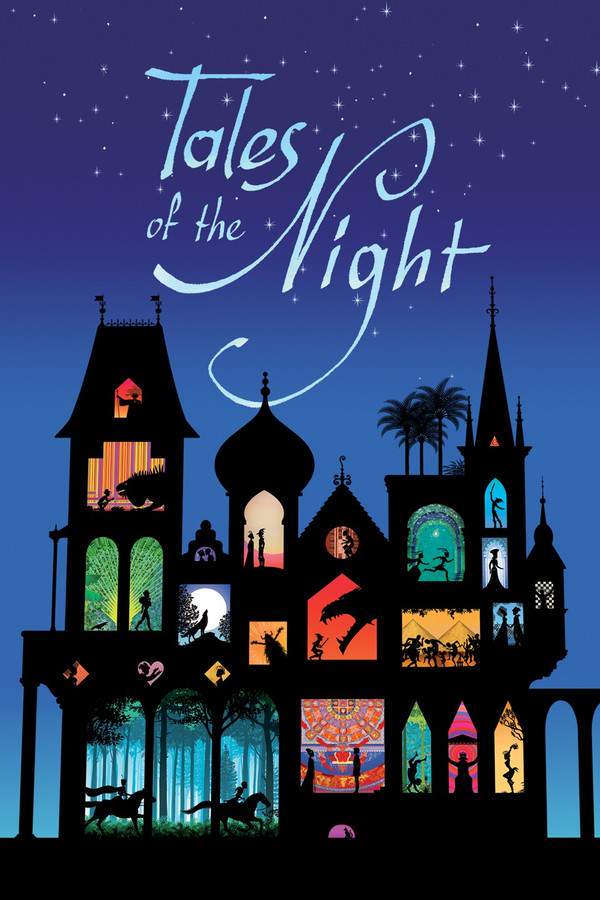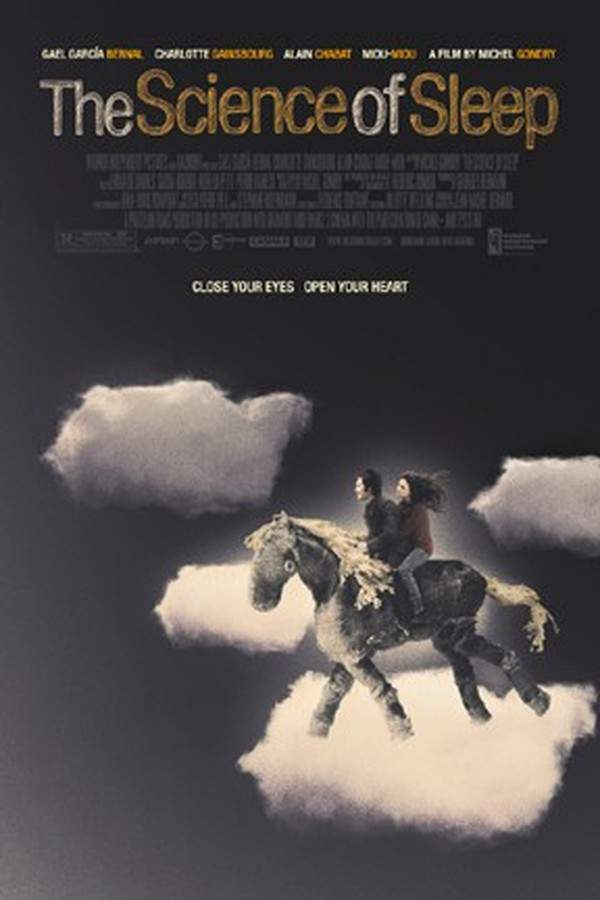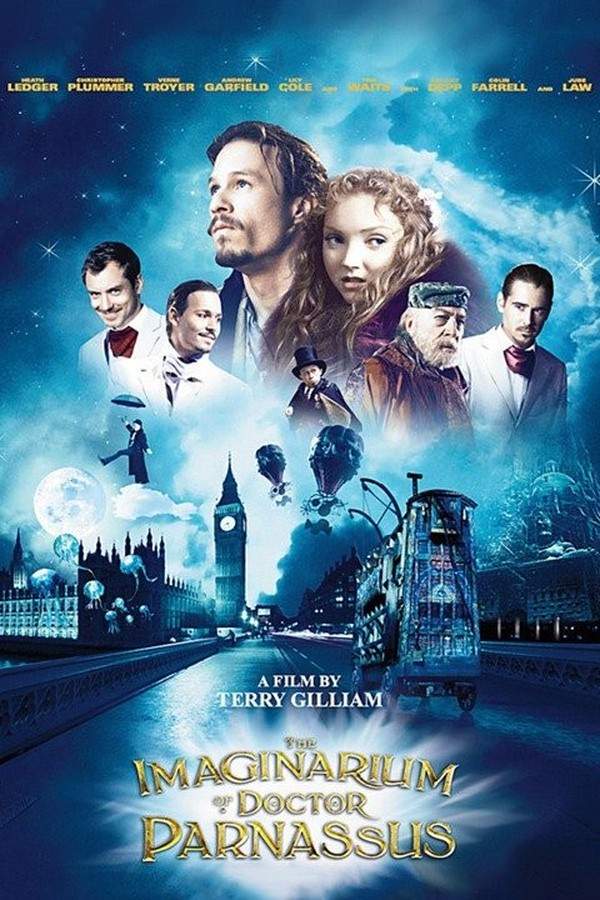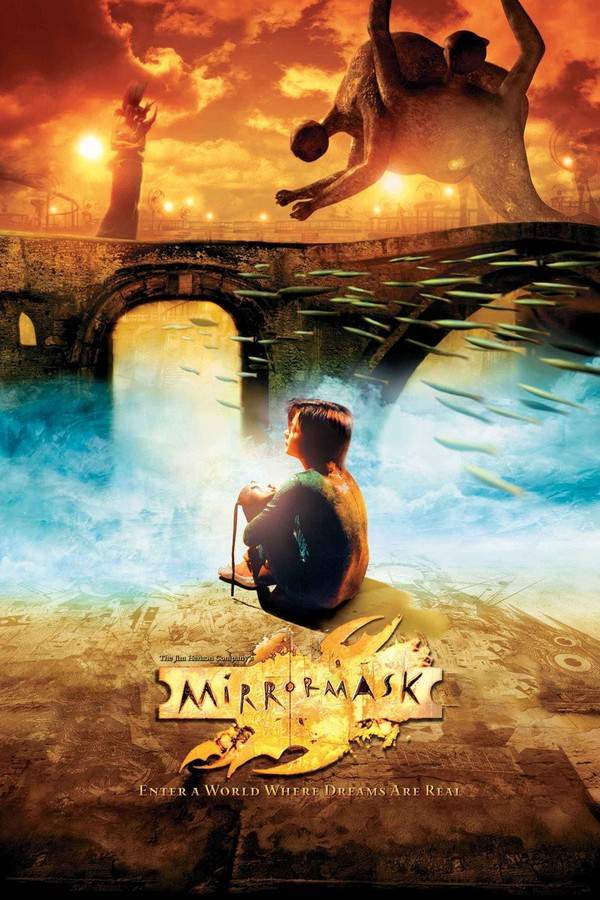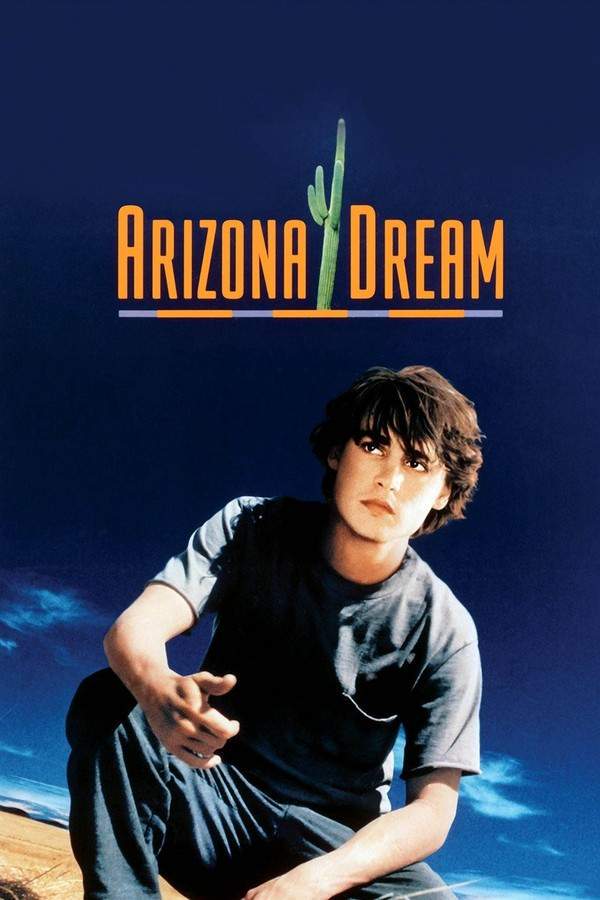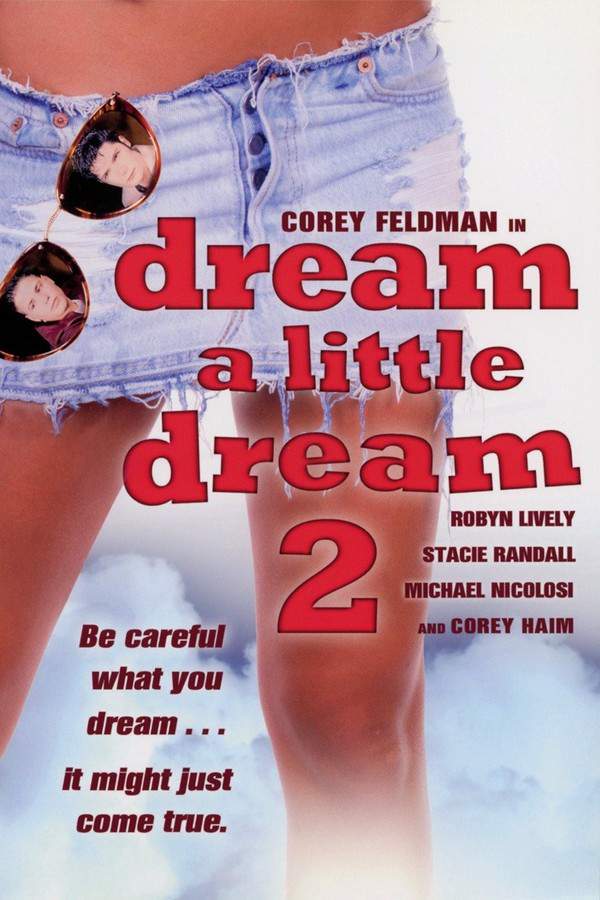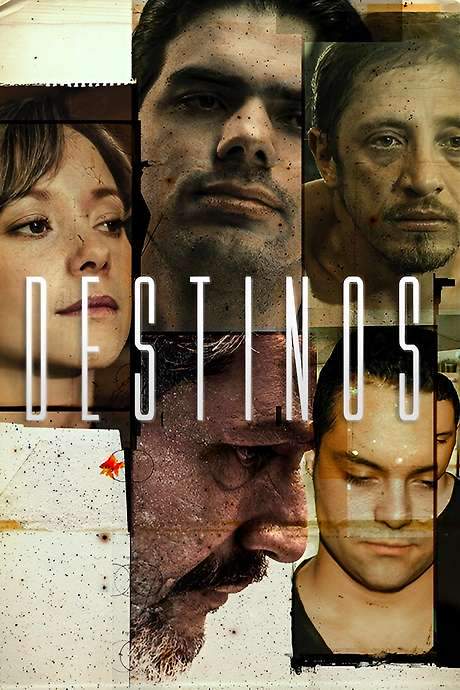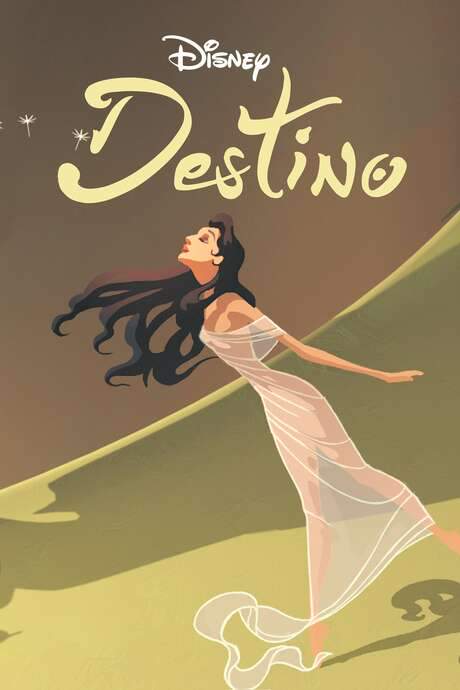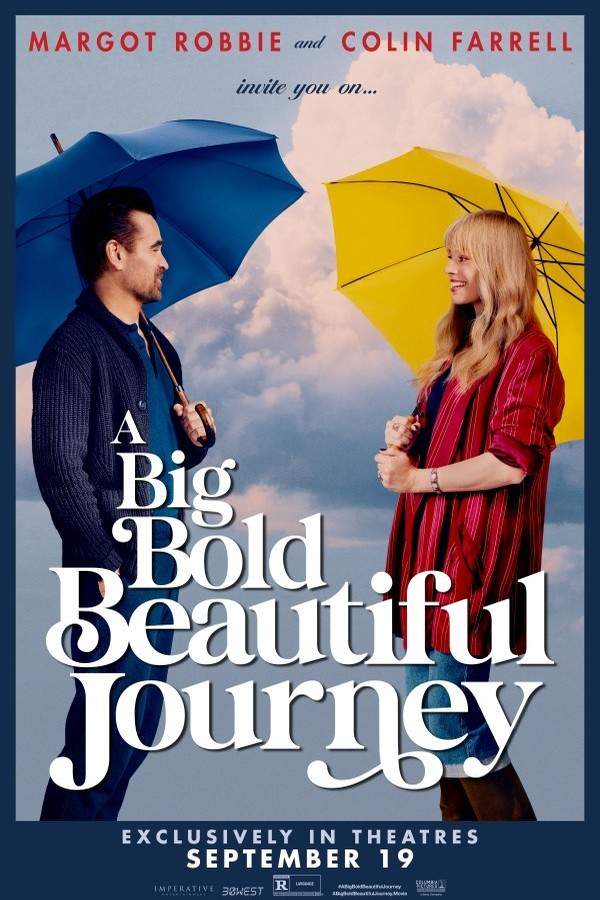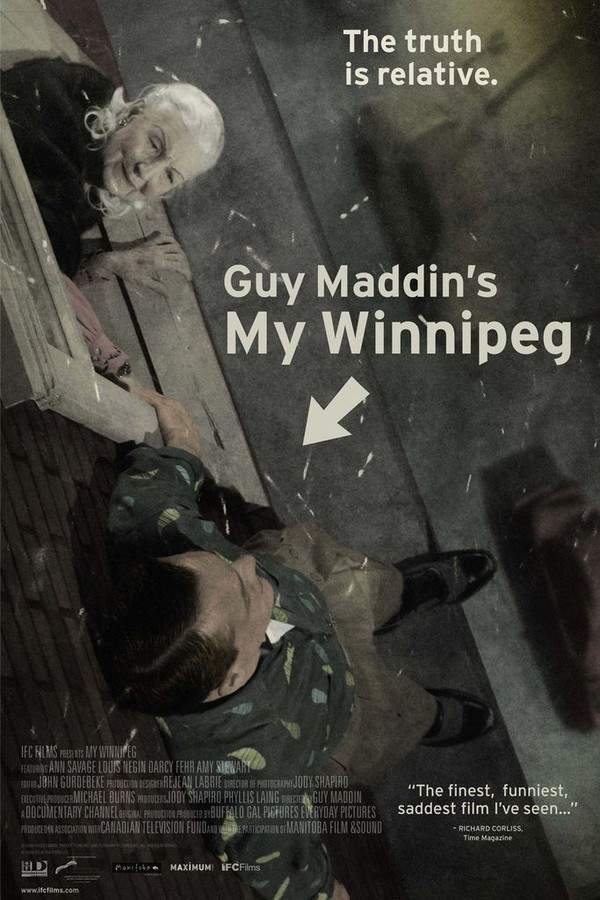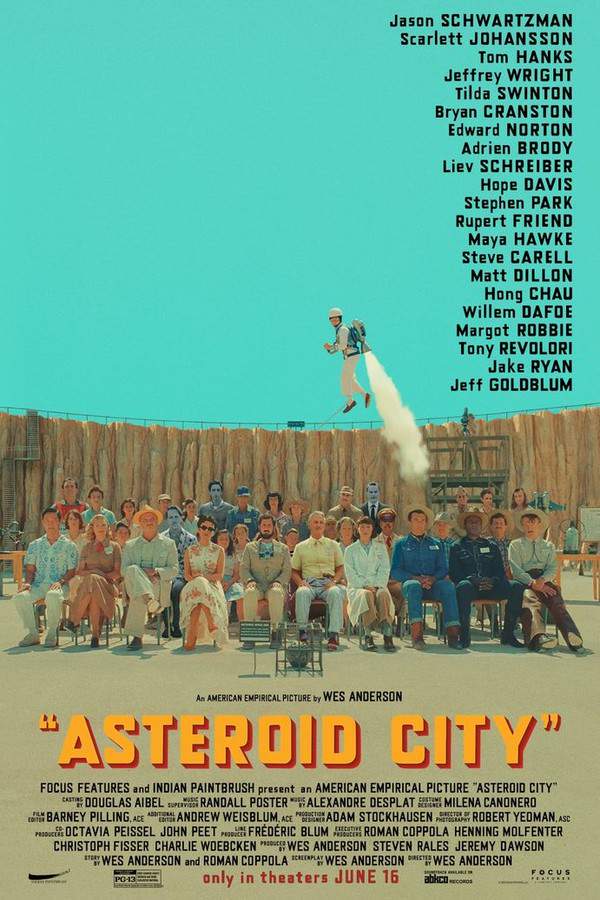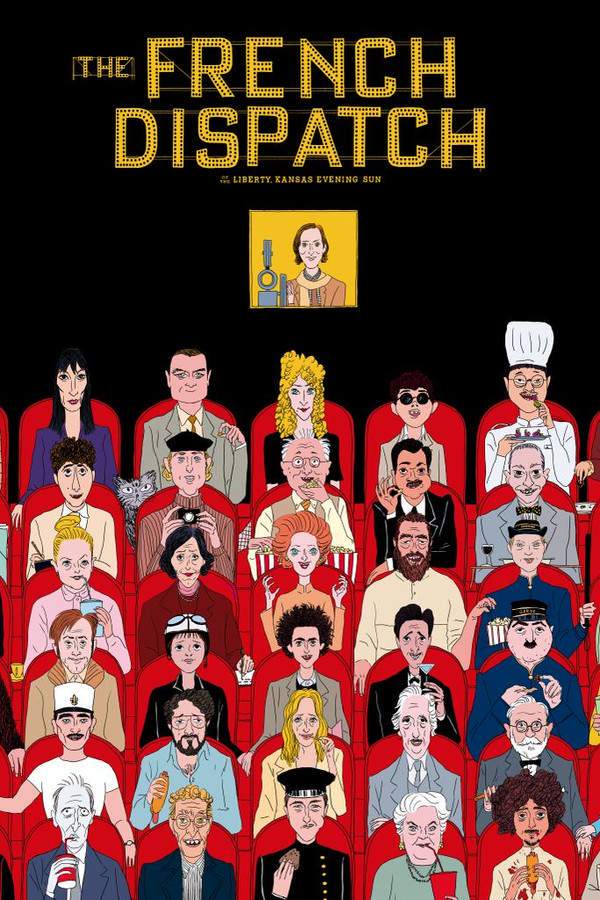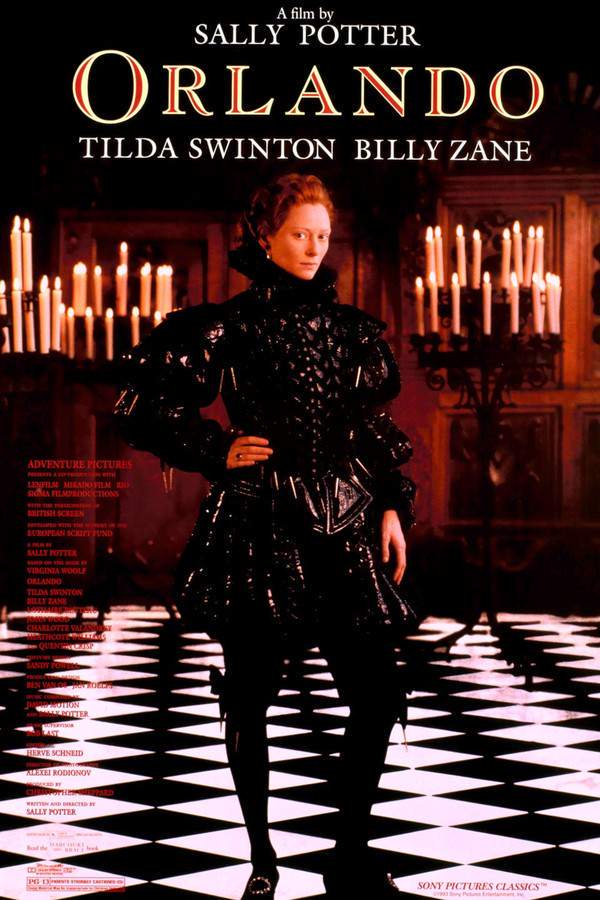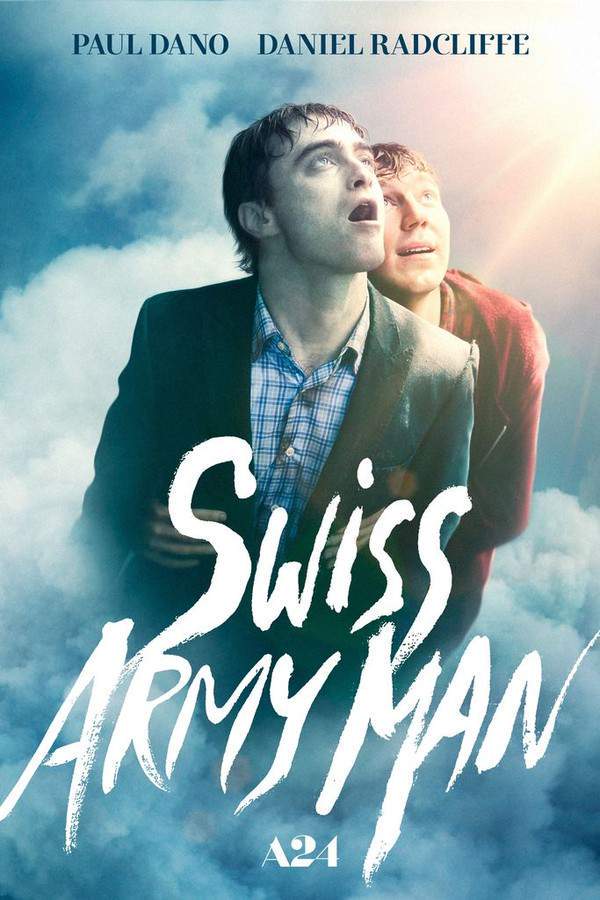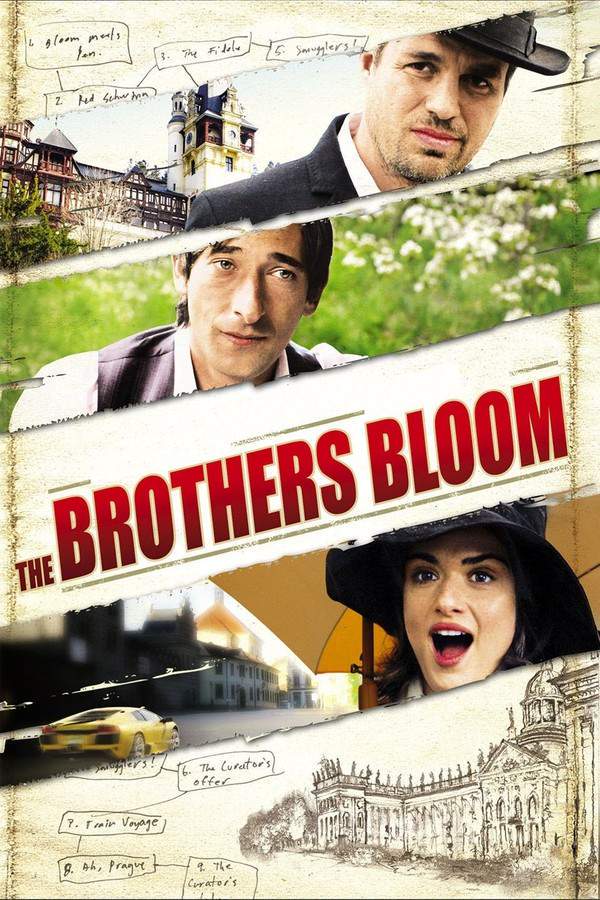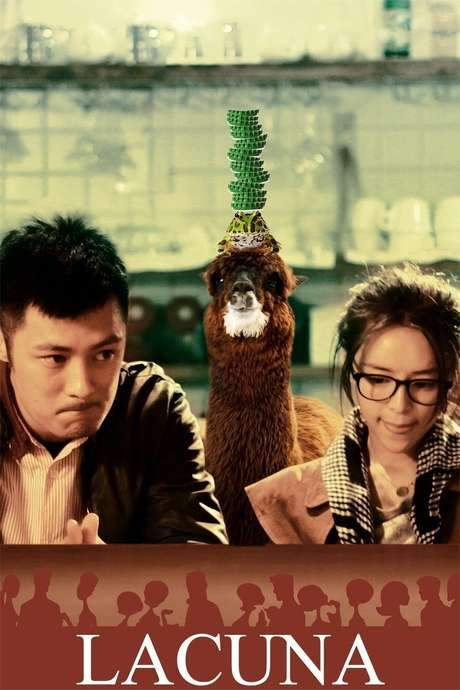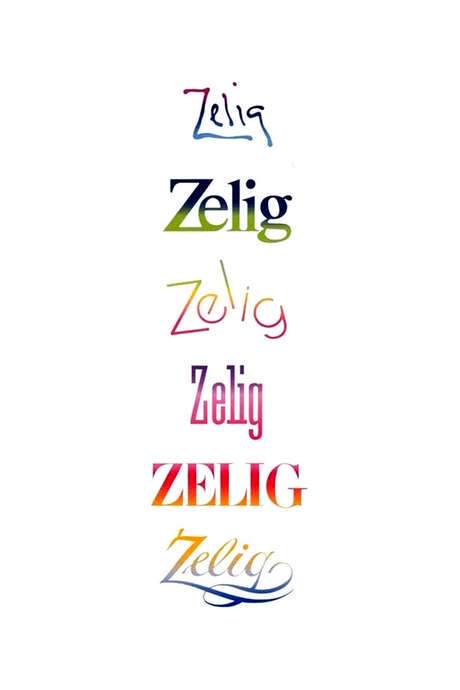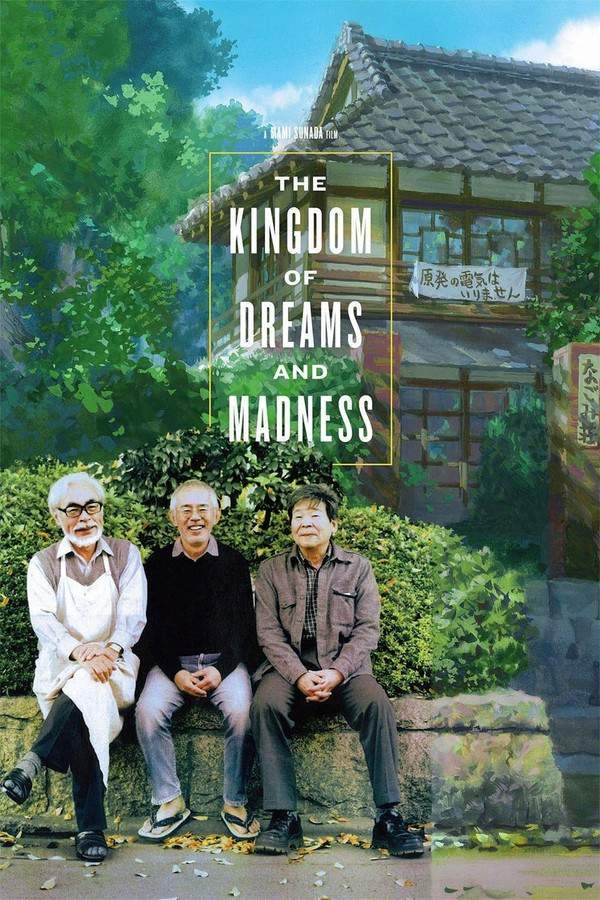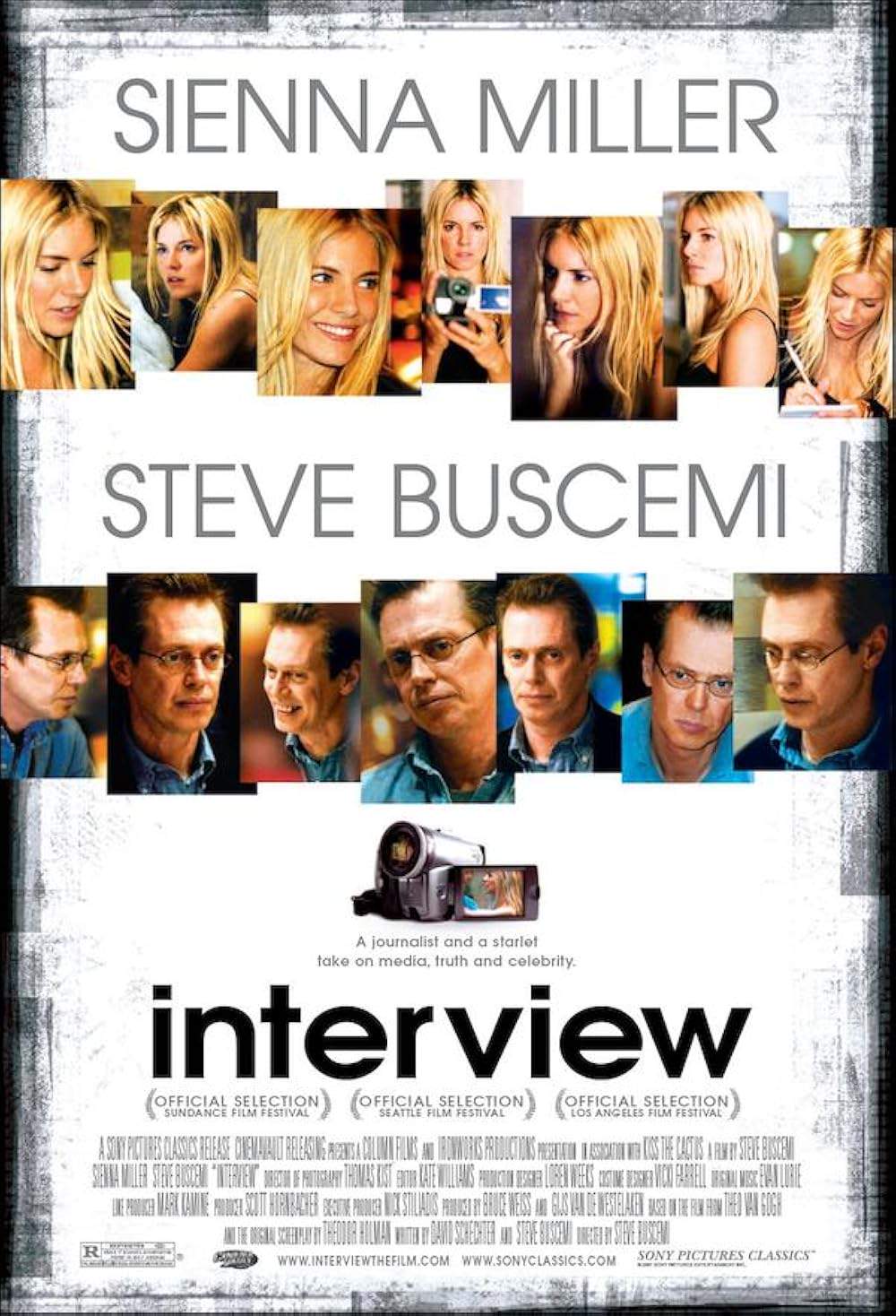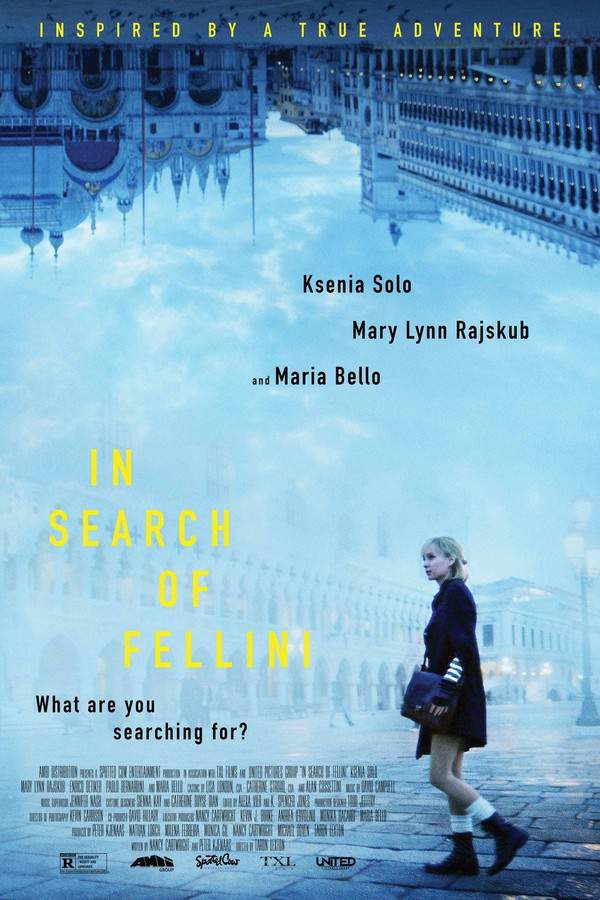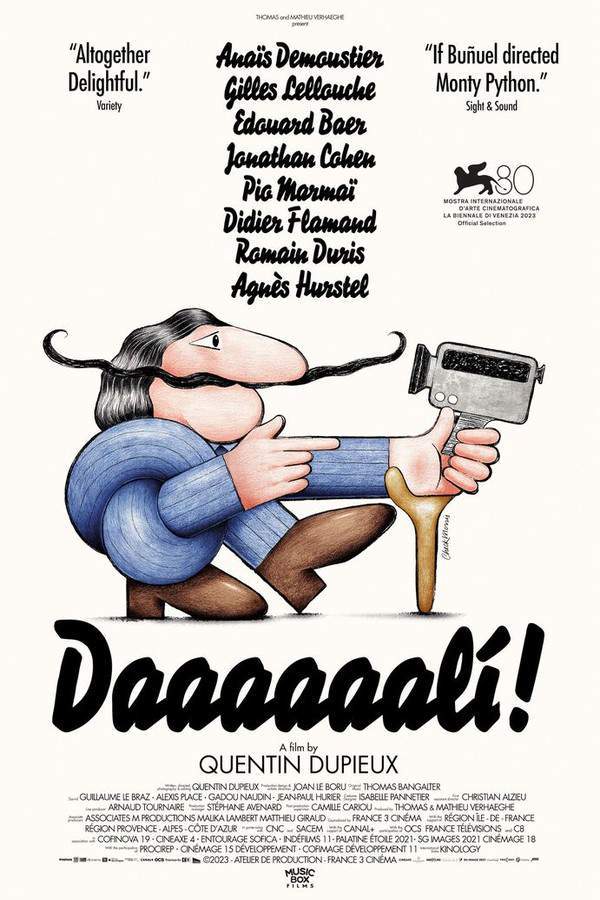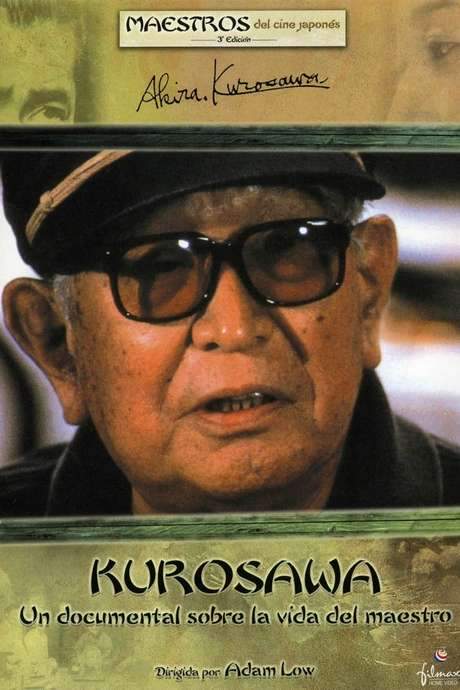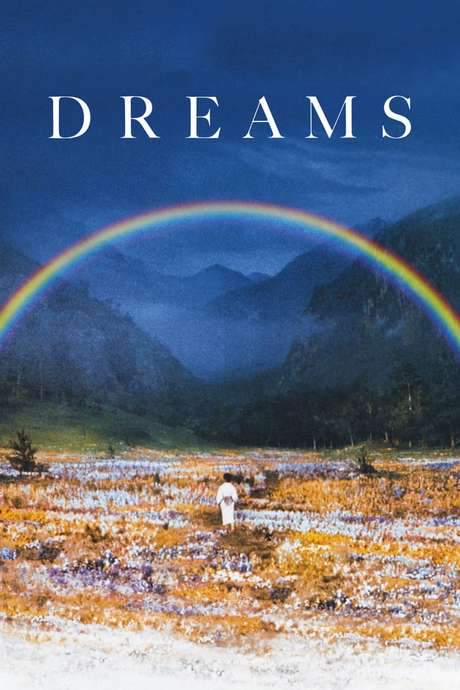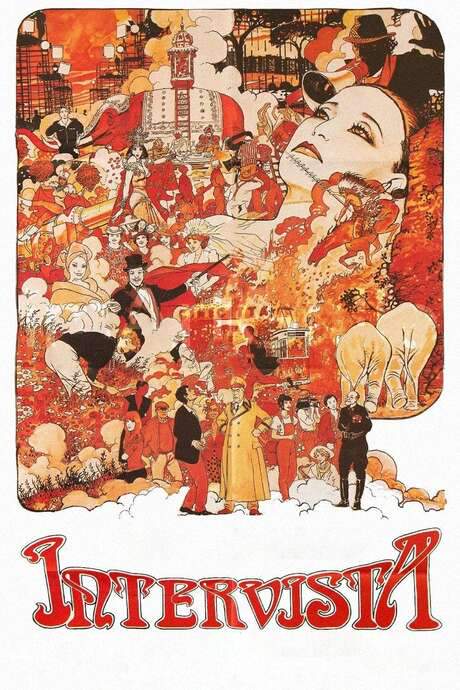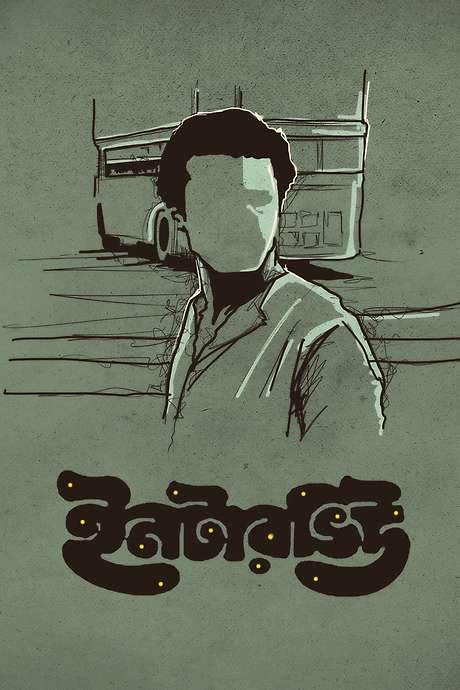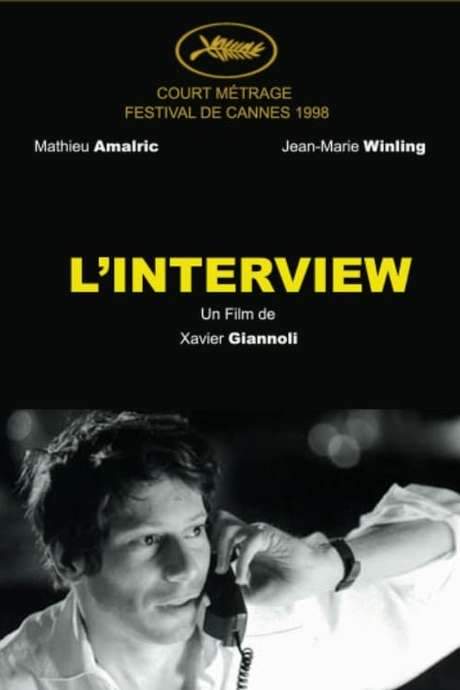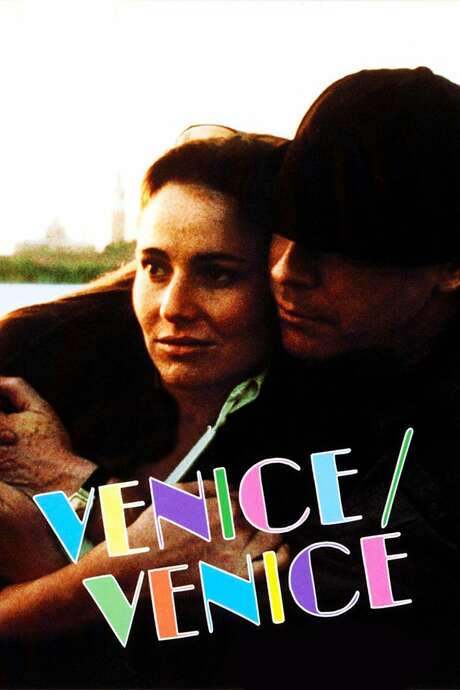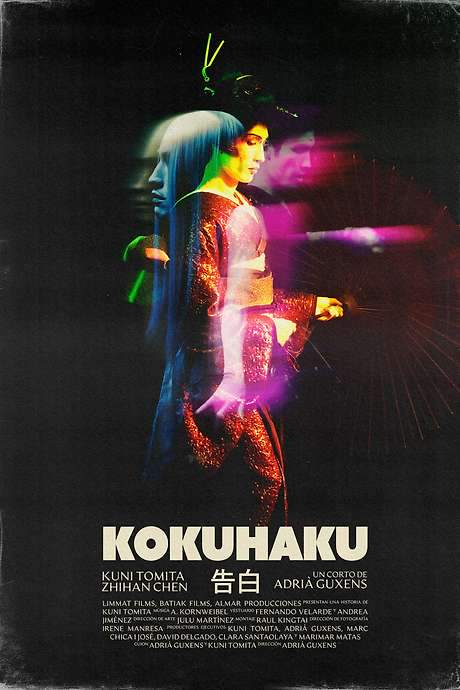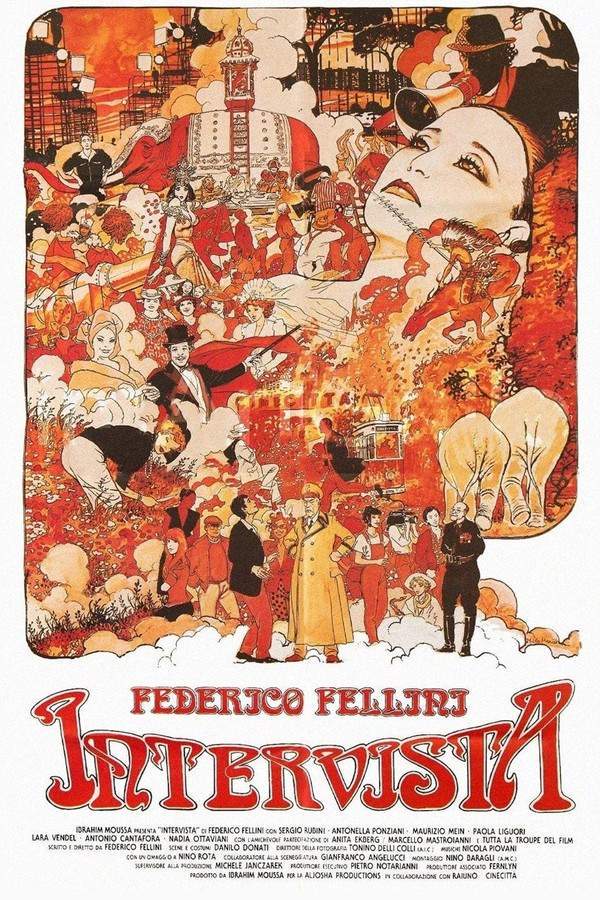
Intervista
Year: 1992
Runtime: 107 min
Language: Italian
Director: Federico Fellini
A celebrated filmmaker allows a Japanese documentary crew to follow him as he reflects on his career and prepares for a new project. The resulting film is a playful exploration of memory and creativity, interweaving moments of nostalgia with fantastical sequences. The documentary offers a unique glimpse into the artist's process and the inspirations behind his iconic works, blurring the lines between his past and present.
Warning: spoilers below!
Haven’t seen Intervista yet? This summary contains major spoilers. Bookmark the page, watch the movie, and come back for the full breakdown. If you're ready, scroll on and relive the story!
Intervista (1992) – Full Plot Summary & Ending Explained
Read the complete plot breakdown of Intervista (1992), including all key story events, major twists, and the ending explained in detail. Discover what really happened—and what it all means.
Interviewed by a Japanese television crew for a report on his latest film, Federico Fellini takes the audience on an intriguing journey behind the scenes at Cinecittà. As the crew prepares for a nighttime scene that Fellini describes as “the prisoner’s dream” — a moment where his hands seek a way out of a dark tunnel — he reflects on the challenges of his advancing age and weight, realizing that escaping simply by “flying away” is becoming increasingly tough. However, once he breaks free, he gazes down at Cinecittà from a remarkable height.
The following morning, Fellini joins the Japanese crew for a quick tour of the studios, where they encounter a series of outrageous television commercials in the making. During this tour, Fellini’s casting director presents him with four young actors intended to play the part of Karl Rossmann, the lead in his cinematic interpretation of Kafka’s Amerika. Fellini introduces the audience to the charming female custodian of Cinecittà, Nadia Ottaviani, who cleverly manages to evade the interview by retreating into the desolate backlot of Studio 5 to gather dandelions for herbal tea.
Meanwhile, Fellini’s assistant director, Maurizio Mein, is on site at the Casa del Passeggero, a formerly inexpensive hotel that has now transformed into a drugstore. Fellini desires to include this location in his film, as it recalls his first visit to Cinecittà as a journalist back in 1938, during the Fascist regime. As the past and present intertwine, Fellini interacts with his younger self, portrayed by Sergio Rubini. After the crew reconstructs the façade of the Casa del Passeggero at a different location in Rome, a fake tramway transports the young Fellini/Rubini from the American Wild West, populated by Indian warriors, to a stunning cliff overlooking a herd of wild elephants off the coast of Ethiopia. Upon arriving at Cinecittà, he embarks on an interview with the matinee idol, Katya — a character that pays homage to actress Greta Gonda, with whom he conducted his very first interview.
As the narrative unfolds, the boundaries between reality and filmmaking blur, plunging viewers into the chaotic world of two feature films run by domineering directors. However, this feeling is ephemeral; for the remainder of the film, Fellini and Maurizio Mein work tirelessly to assemble the perfect cast and set for the fictional adaptation of Amerika. This setup enables Fellini/Rubini to traverse time, experiencing the filmmaking process firsthand — from disgruntled actors who fell short in auditions, including Marcello Mastroianni in a TV commercial as Mandrake the Magician, to unsettling incidents like a bomb threat, and even a visit to Anita Ekberg’s home where she and Mastroianni reenact scenes from La Dolce Vita. The narrative culminates in bizarre screen tests featuring Kafka’s Brunelda, who finds herself in a bathtub surrounded by two young men. Just as chaos seems to ensue, a troublesome thunderstorm threatens the production of Amerika, culminating in a peculiar attack by faux Indians wielding television antennas like spears.
As the film wraps up back inside Studio 5 at Cinecittà, Fellini’s voice resonates with a melancholic reflection: > “So the movie should end here. Actually, it’s finished.” In a tongue-in-cheek response to dissatisfied producers regarding his somber conclusions, the Maestro illuminates their world with the hopeful glow of an arc lamp, presenting them with a soaring ray of sunshine.
Last Updated: November 15, 2024 at 19:14
Explore Movie Threads
Discover curated groups of movies connected by mood, themes, and story style. Browse collections built around emotion, atmosphere, and narrative focus to easily find films that match what you feel like watching right now.
Movies about artistic creation like Intervista
Films that explore the messy, magical process of creation through memory and fantasy.Discover movies like Intervista that delve into the whimsical and reflective world of artists. These films often blend documentary-style realism with surreal fantasy, exploring themes of memory, inspiration, and the bittersweet process of creation, perfect for fans of meta-narratives.
Narrative Summary
Stories in this thread typically follow a creator reflecting on their life and work. The narrative structure is often non-linear, folding memories, fantasies, and the present moment into a complex tapestry that illustrates how art is born from a mix of chaos, nostalgia, and disciplined craft.
Why These Movies?
These movies are grouped by their shared focus on the artist's internal world. They possess a whimsical yet melancholic tone, use variable pacing to mirror the creative process, and celebrate the act of creation while acknowledging its inherent struggles and fleeting nature.
Meta-narrative movies about filmmaking like Intervista
Stories that playfully deconstruct the art of cinema, breaking the fourth wall with charm.Explore films like Intervista that celebrate and deconstruct the magic of cinema. These meta-narratives are perfect for viewers who enjoy stories about filmmaking, playful blurring of reality, and bittersweet reflections on art and memory.
Narrative Summary
The narrative pattern involves a film within a film, where the process of creation becomes the story. It playfully breaks the fourth wall, mixing documentary aesthetics with fictional flights of fancy, leading to a complex structure that is both a celebration and a critique of the cinematic form.
Why These Movies?
These films share a specific blend of whimsy and melancholy tied directly to the subject of cinema. They have a variable, often playful pace, a medium emotional weight focused on artistic legacy, and a unique, self-aware tone that sets them apart.
Unlock the Full Story of Intervista
Don't stop at just watching — explore Intervista in full detail. From the complete plot summary and scene-by-scene timeline to character breakdowns, thematic analysis, and a deep dive into the ending — every page helps you truly understand what Intervista is all about. Plus, discover what's next after the movie.
Intervista Timeline
Track the full timeline of Intervista with every major event arranged chronologically. Perfect for decoding non-linear storytelling, flashbacks, or parallel narratives with a clear scene-by-scene breakdown.

Characters, Settings & Themes in Intervista
Discover the characters, locations, and core themes that shape Intervista. Get insights into symbolic elements, setting significance, and deeper narrative meaning — ideal for thematic analysis and movie breakdowns.

Intervista Spoiler-Free Summary
Get a quick, spoiler-free overview of Intervista that covers the main plot points and key details without revealing any major twists or spoilers. Perfect for those who want to know what to expect before diving in.

More About Intervista
Visit What's After the Movie to explore more about Intervista: box office results, cast and crew info, production details, post-credit scenes, and external links — all in one place for movie fans and researchers.

Similar Movies to Intervista
Discover movies like Intervista that share similar genres, themes, and storytelling elements. Whether you’re drawn to the atmosphere, character arcs, or plot structure, these curated recommendations will help you explore more films you’ll love.
Explore More About Movie Intervista
Intervista (1992) Scene-by-Scene Movie Timeline
Intervista (1992) Movie Characters, Themes & Settings
Intervista (1992) Spoiler-Free Summary & Key Flow
Movies Like Intervista – Similar Titles You’ll Enjoy
The Kingdom of Dreams and Madness (2014) Complete Plot Breakdown
Interview (2007) Full Movie Breakdown
In Search of Fellini (2017) Full Movie Breakdown
Daaaaaalí! (2024) Film Overview & Timeline
Federico Fellini’s Autobiography (2000) Detailed Story Recap
Kurosawa (2000) Plot Summary & Ending Explained
Takeshis’ (2005) Full Summary & Key Details
Dreams (1990) Spoiler-Packed Plot Recap
Intervista (1987) Ending Explained & Film Insights
Akira Kurosawa: My Life in Cinema (1993) Complete Plot Breakdown
Interview (1971) Detailed Story Recap
L’interview (1998) Story Summary & Characters
Venice/Venice (1992) Complete Plot Breakdown
Fellini’s Casanova (1976) Story Summary & Characters
Kokuhaku (2024) Film Overview & Timeline

